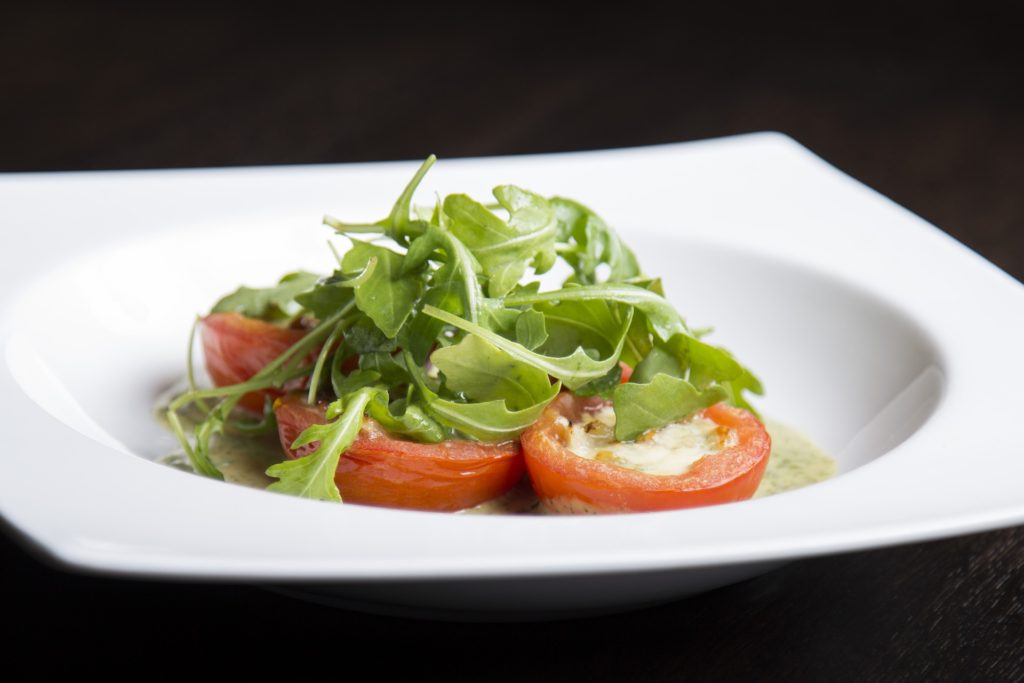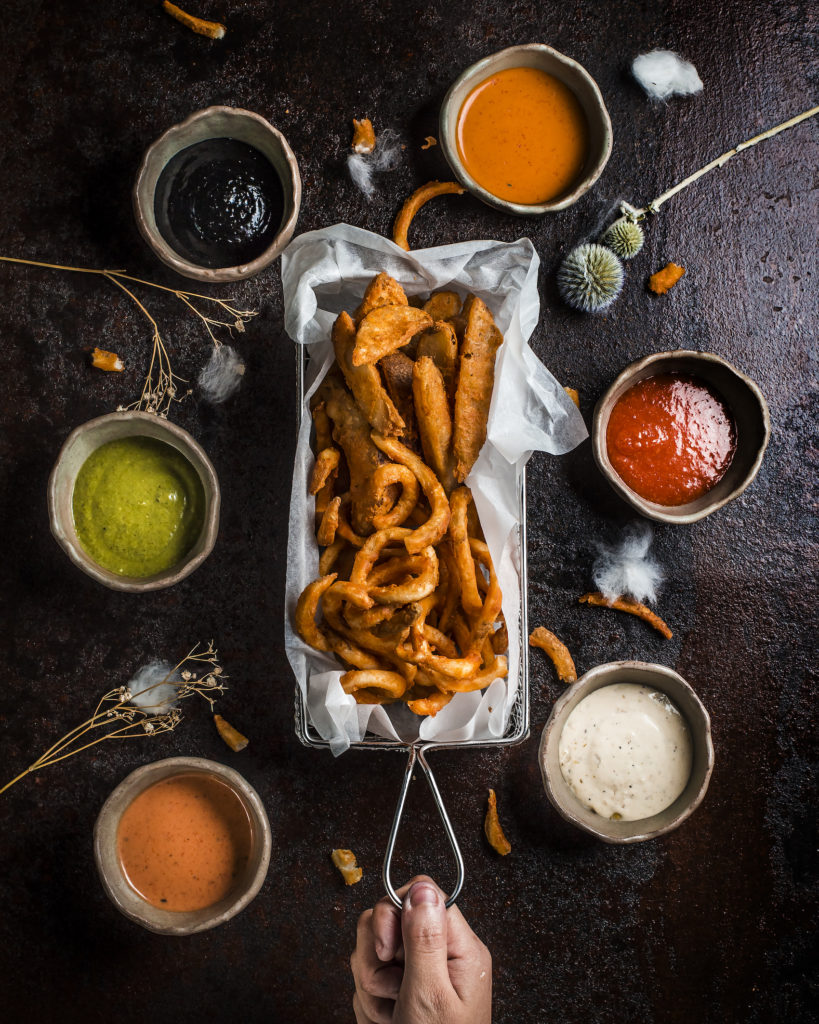Consumers are increasingly seeking out healthy options when they dine out. This is the case whether they are eating in a restaurant, café, bar, from a takeaway, food cart, or food stall.

People really do want to eat more healthy food
Most people enjoy the convenience of not having to cook and being able to easily indulge in sampling different cuisines. But are also highly aware that eating out increases the risk of scuppering their efforts to eat a healthier diet. When the global consulting firm L.E.K asked American consumers about healthy eating, in 2018, they discovered that 93% of them felt compelled to eat healthy food. At least, for some of the time. Sixty-three percent said they aimed to eat a healthy diet the majority of the time.
This is the case, whether they are following a special diet so they can perform better at a sport they love, for health reasons or because they want to lose weight. So, when they see a restaurant or other food outlet that is making the effort to help them to enjoy a healthier diet, they are automatically drawn to eat there.

This is a trend that the restaurant industry cannot afford to ignore. They know it is not just a fad, which is why they are increasingly taking steps to provide healthier choices and inform their customers better. Here are a few examples of how they are doing it.
Providing far more nutritional information
In the past, providing customers with nutritional information was not that easy. It was hard to fit all of the information onto the menu, without the amount of text on the page becoming overwhelming. Now that many of them use digital menu boards that is no longer an issue. There is plenty of space to provide additional information. In some countries, e.g., the USA and the UK (from April) the law requires the number of calories in a dish to be displayed. Plus, for several years now, in most countries, the presence of common food allergens in a dish has had to be communicated to customers. So that information is also on the menu.
But increasingly restaurants are taking things a step further and actively flagging up which dishes are the healthiest ones. Usually by including a green go symbol beside those dishes. A few are also providing fat, salt, and sugar content information, similar to that provided on food products in supermarkets. Digital screens are big enough to facilitate this. Plus, it is really easy to edit things if a dish has to be made using slightly different ingredients because of supply issues.
Giving customers the choice to opt for the healthy options
We all get used to combining certain foods with certain sides. For example, ordering a crispy chicken fillet with salad and water instead of a large burger meal deal saves you a huge amount of calories. The chicken salad meal typically contains around 300 calories.

If you were to order a quarter-pound burger with cheese, with a side of fries and a full sugar drink. In most restaurants, that meal would be about 1,300 calories. So, when you opt for the crisp chicken fillet, salad, and water you eat 1000 calories less. Plus, you get a bit of fiber and a wider range of nutrients. If you do that every week, you end up eating 52,000 fewer calories per year, just by making that one change. That´s huge. Especially when you realize every 7,000 calories you eat usually translates into 1kg (2.2Ibs) of weight gain. So, that one change can stop you from gaining 7.4kgs (16.3 LBs).
Discounting the healthy option
A few restaurants are taking things a step further, by providing deep discounts on the healthiest dishes on their menus. Sometimes, to get them diners have to become members of the restaurant´s club or use a loyalty card. The fact that there is a commitment on the part of the consumer as well as the restaurant, is one of the reasons this way of tempting diners with healthier options is proving so effective. You can read about how one New Zealand-based restaurant chain is running their discounted health eating option, by clicking here.

If you would like to learn even more about how the food and drink hospitality sector is adapting to the growing demand for better quality, healthier food, you can do so by reading this article. It covers some of the less common approaches. For example, using influencer marketing to encourage healthier eating habits amongst diners.
In the Philippines, it’s so difficult to eat healthy food because it’s more expensive. I’m happy that most brands now are gearing towards healthier options. I hope there will be more vegan options soon.
I love that most restaurants now have “suggested menu” or highlights their best dishes. It gives easier choices for consumers.
I should really eat healthier options. I’m getting on my prime so I need to watch what I eat. Very informative!
Healthy foods are the best to maintain a balanced diet. Better be safe than sorry.